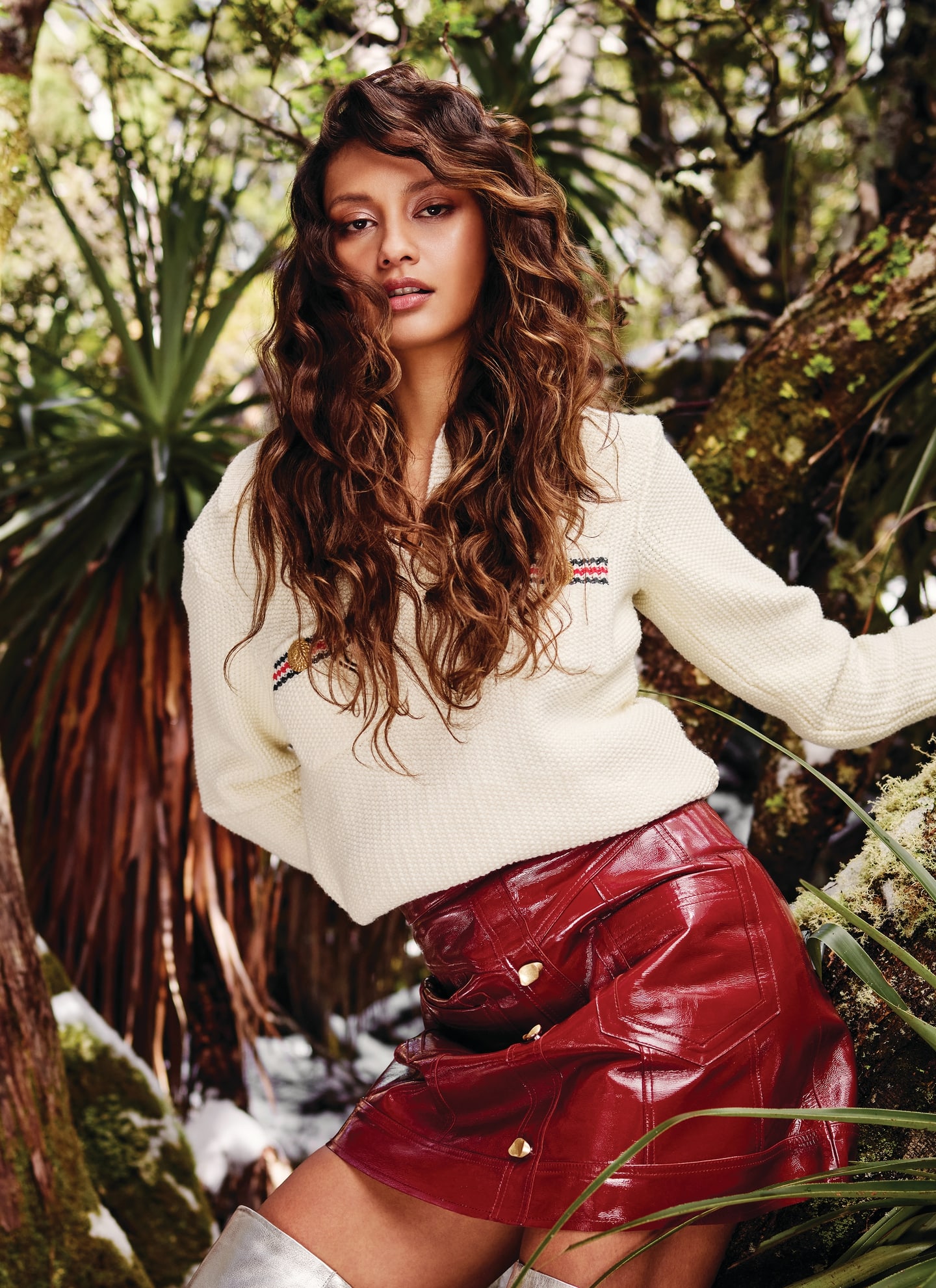Beard Care: How To Keep It Healthy And Avoid Irritation
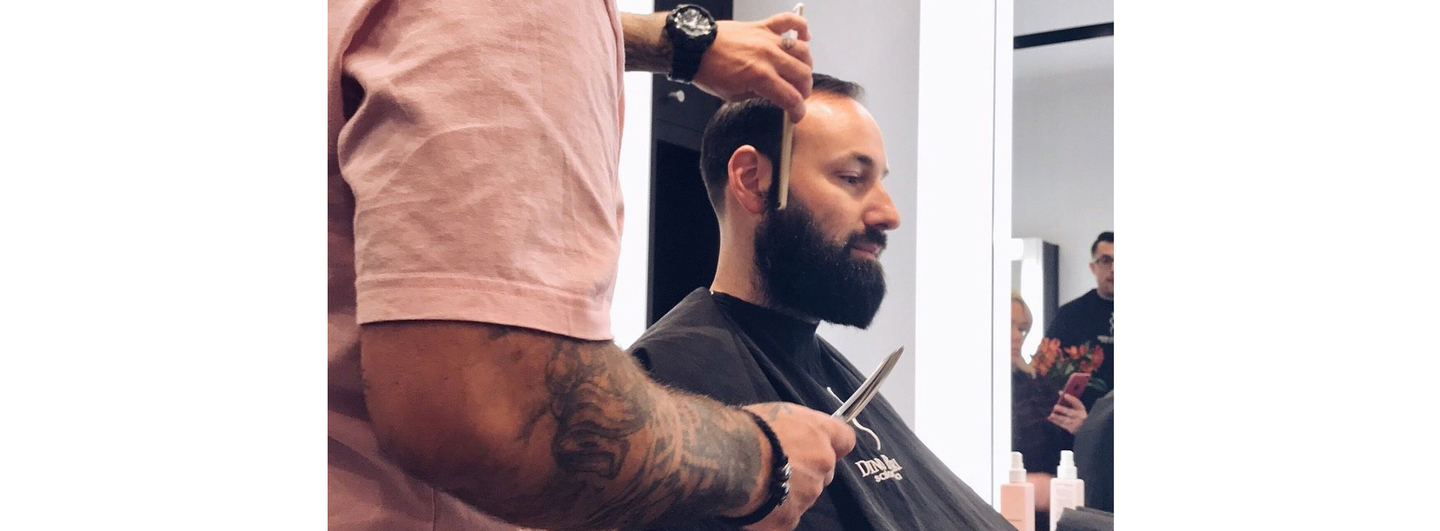
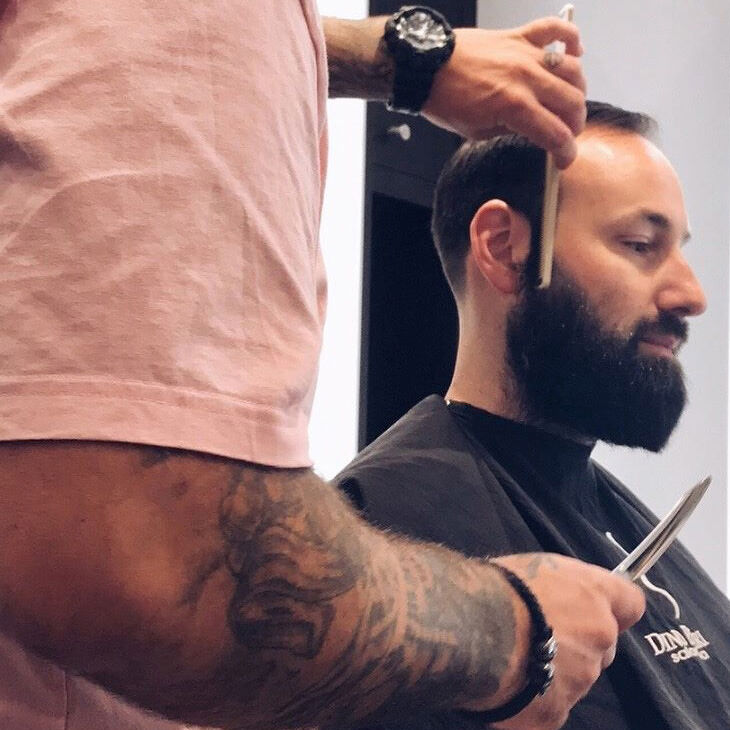
Every beard is unique. Besides style, it differs in thickness and texture. Some men have thicker strands, while others struggle to strengthen them and add volume. With different variations of beard comes different care regimens. However, one goal should be universal – making it healthy and comfortable. Itchy and irritated skin beneath your beard can be a massive annoyance. Moreover, it’s a sign that you need to adjust your beard regimen. So if you want to discover how to have a healthy beard and avoid irritations, here are some expert recommendations.
Main reasons for itchy beard
You’ve probably experienced beard itch at some point in its growth cycle. That is a very common symptom during the first few months when you start to grow a beard. Because of many previous shavings, your chin strands are very stiff and wiry, so they can rub against your skin during movement. In addition, a small number of follicles curl back before they outgrow the skin, causing aggravating ingrown hairs. Besides itchiness, ingrown strands lead to blemishes and serious skin irritations. But unlike beginner beards, itching in advanced growth stages could be a sign of skin inflammation due to sebum accumulation, dry skin, or medical conditions like eczemas, allergies, and irritations.
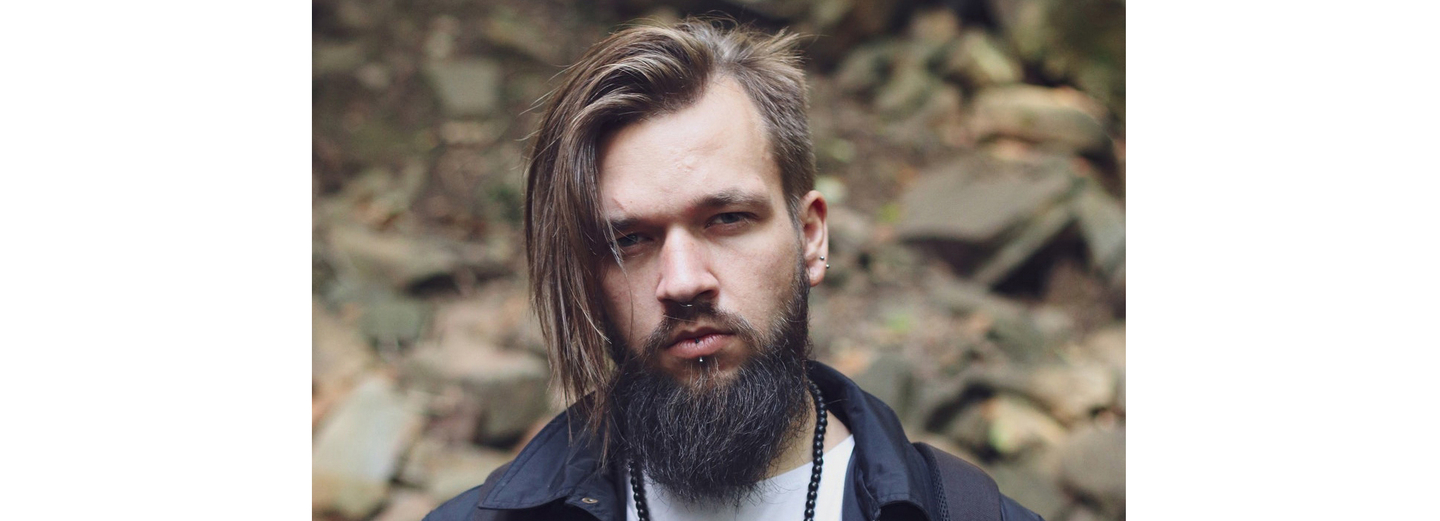

Your beard will reach its full potential only with proper grooming and maintenance
How to soften your beard?
Almost every beard needs some softening because of its rough and wiry nature. Thus, there are various choices of specialized oils in the market. Still, some beards show more resistance to softening when you rely solely on oils. So if the beard needs softening – start frequent conditioning, especially with products for deep hydration. Include conditioners in your beard’s morning and evening routine, and you should notice the difference after a day.
To speed up the softening process and to make your beard look longer, brush and comb it after treating it with specific products. Combs and brushes will spread the oils and balms on the full strand length. Regular combing will also slightly straighten the strands and disperse the volume, so the skin beneath can breathe!
The skin under your beard desperately needs a detox!
Buildup itch is a common symptom of oily skin and/or improper regimen. If your routine does not include skin scrubs and an occasional detox, you’ll keep facing these problems even with the use of the quality product. To remove mineral and oily buildups, you can apply the same product you are using for scalp detoxification. Once a week you should wash your beard to remove bacteria and prepare it for receiving rich nutrients from serums, balms, and oils your specific regimen provides.
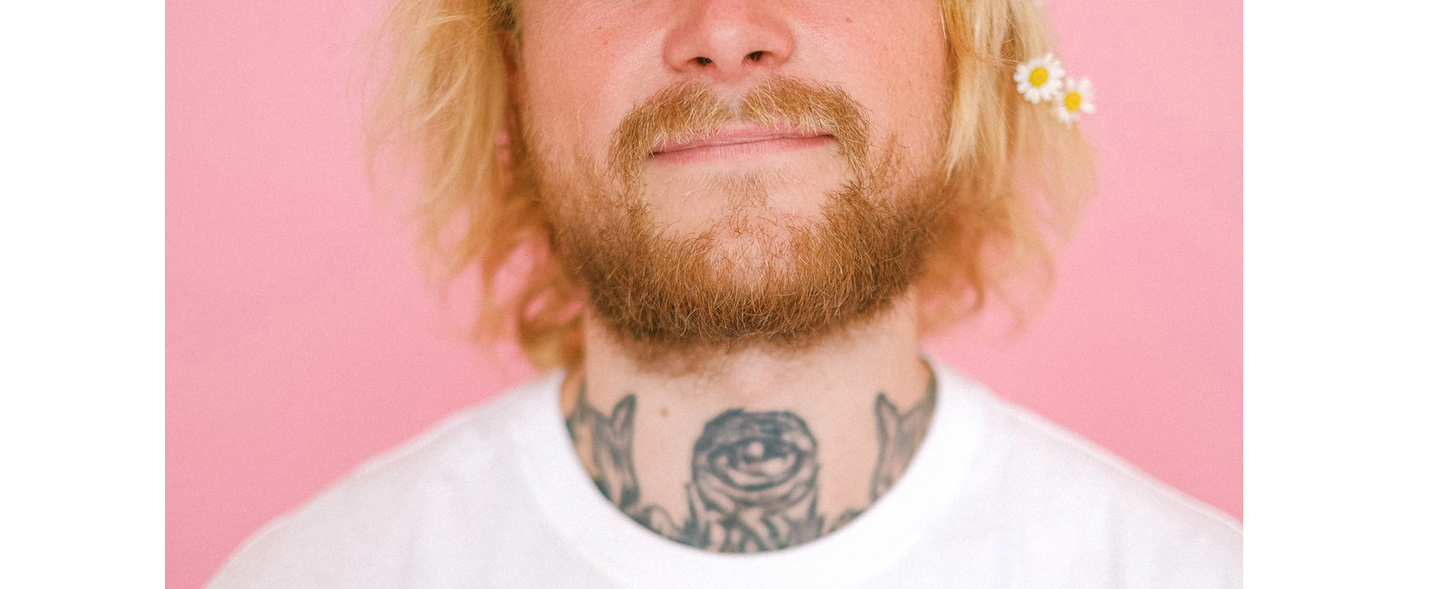

To have a healthy beard and avoid irritations, customise the routine based on your beard features
How to fight dry skin and lack of hydration?
Have you noticed flakes of skin in your beard? If so, your skin is too dry and demands hydration. Flakes and dandruff mainly occur in thick and voluminous strands because product nourishment can’t reach your skin through the beard. However, a dry beard can have many causes. This includes low humidity, high and low temperatures, the use of aggressive products, or even overwashing. Like scalp hair, if you wash your beard too much, you risk stripping the natural oils your skin produces to protect the strands. It can lead to dryness of both your skin and your beard.
So, the answer to how to have a healthy beard and avoid annoying itching is the same as with scalp hair – knowing how often to wash it and providing proper hydration, protection, and stimulation to beard strands.
Tips for boosting the growth
Most beard-lovers want their facial hair to grow faster. A long beard has more styling opportunities and gives a distinguished, mature look. That’s why many people use hair growth products on their beards. But be careful, beard strands and scalp hair have many similarities, but also key differences.
Studies show that dihydrotestosterone, an androgen hormone, affects body and scalp hair differently. Your beard growth and “fullness” depend on higher testosterone levels, while too much testosterone is one of the main reasons for androgenic baldness. It means that using hair products that fight thinning and alopecia on the beard will not have a beneficial effect as it might have on the scalp.
Instead, the expert tips for beard growth include healthy herbal oils that nourish the skin and beard hairs, enhancing their growth. Beard care products with specific ingredients can help you grow your desired length sooner, such as:
- Jojoba oil,
- Tea tree oil,
- Sunflower oil,
- Peppermint oil,
- Lavender oil,
- Rosemary oil,
- Coconut oil.
Introducing some (or all) of these ingredients into your beard care routine will help with growth, thickness, and fullness. Still, if instead of final products you decide to use essential oils directly – dilute them before use. Essential oils are highly concentrated and may cause skin reactions if used directly.
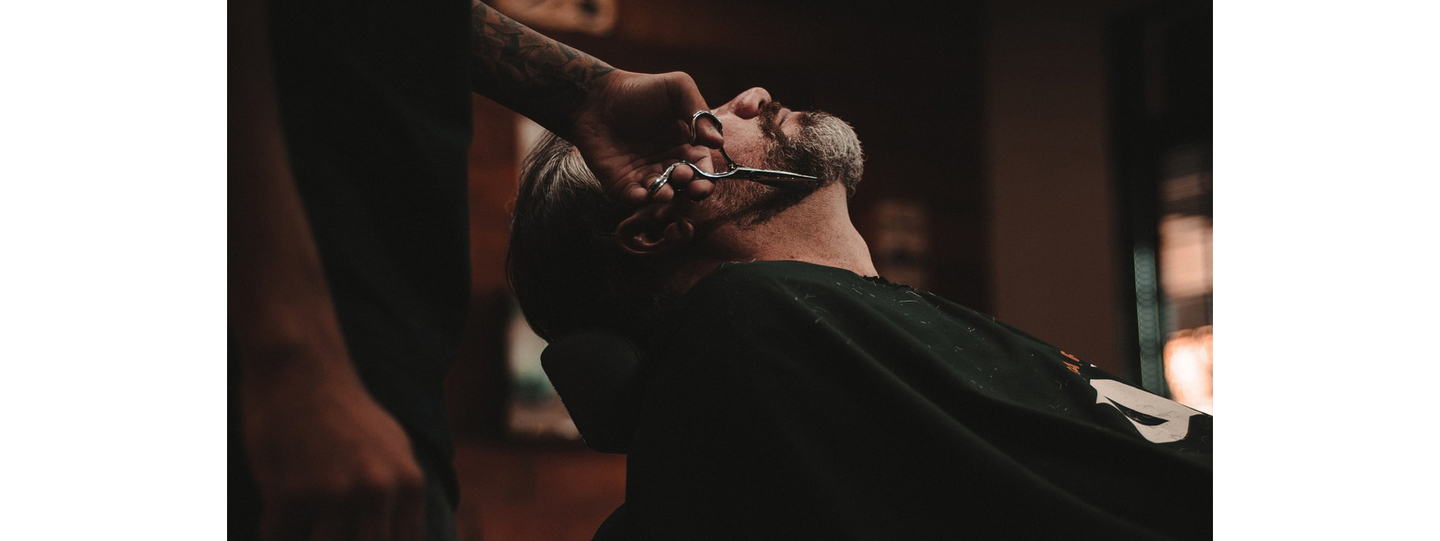
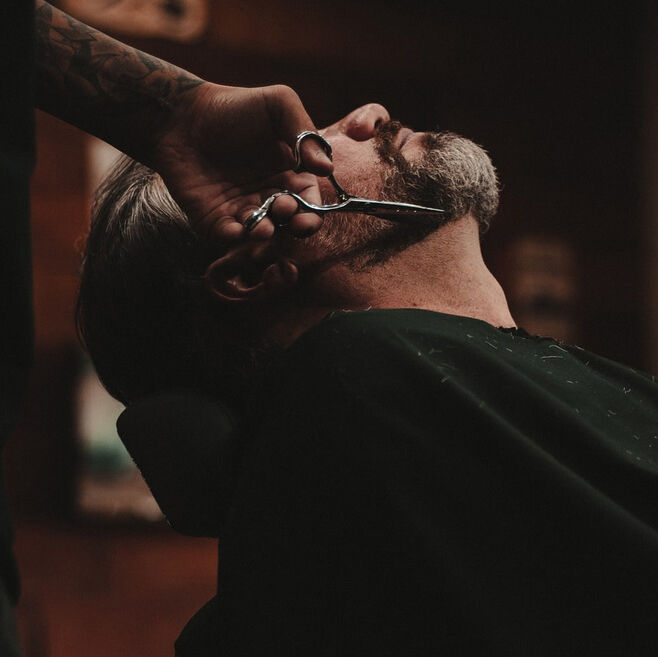
Beard and hair need regular trims to keep them healthy and strong
Can you use the same hair care products on your scalp hair and your beard?
Before answering this question, it’s important to understand the main differences between beard and scalp strands. Your scalp hair and beard may share similar features when it comes to colour and strand type. Both also share three separate growth cycles and depend on the androgenic hormone – testosterone.
However, the beard-growing cycle is much shorter than your hair’s growing cycle, and testosterone levels impact it differently. In addition, your beard hair is always thicker and coarser than other hair, often with a tendency to curl or wave.
To summarize, some hair products like conditioners, detoxifying washes, and leave-ins can be used on both beard and scalp hair. Since beard strands are thicker than scalp hair, sometimes they benefit more from specific balms, serums, and oils, while a scalp hair care routine for men might demand a different approach, depending on the hair type.
Conclusion
Your beard might be demanding, but it’s a small price to pay for the effect a great beard has on your looks and self-esteem. Remember, some good results will show instantly, while others might take a while. So, have some patience! Professional tips on how to have a healthy beard will transform the state of your beard and solve the itching issues only if you stick to it. Good things take time. And trust me, a magnificent beard is worth the hassle!
Featured image source: kevin.murphy


